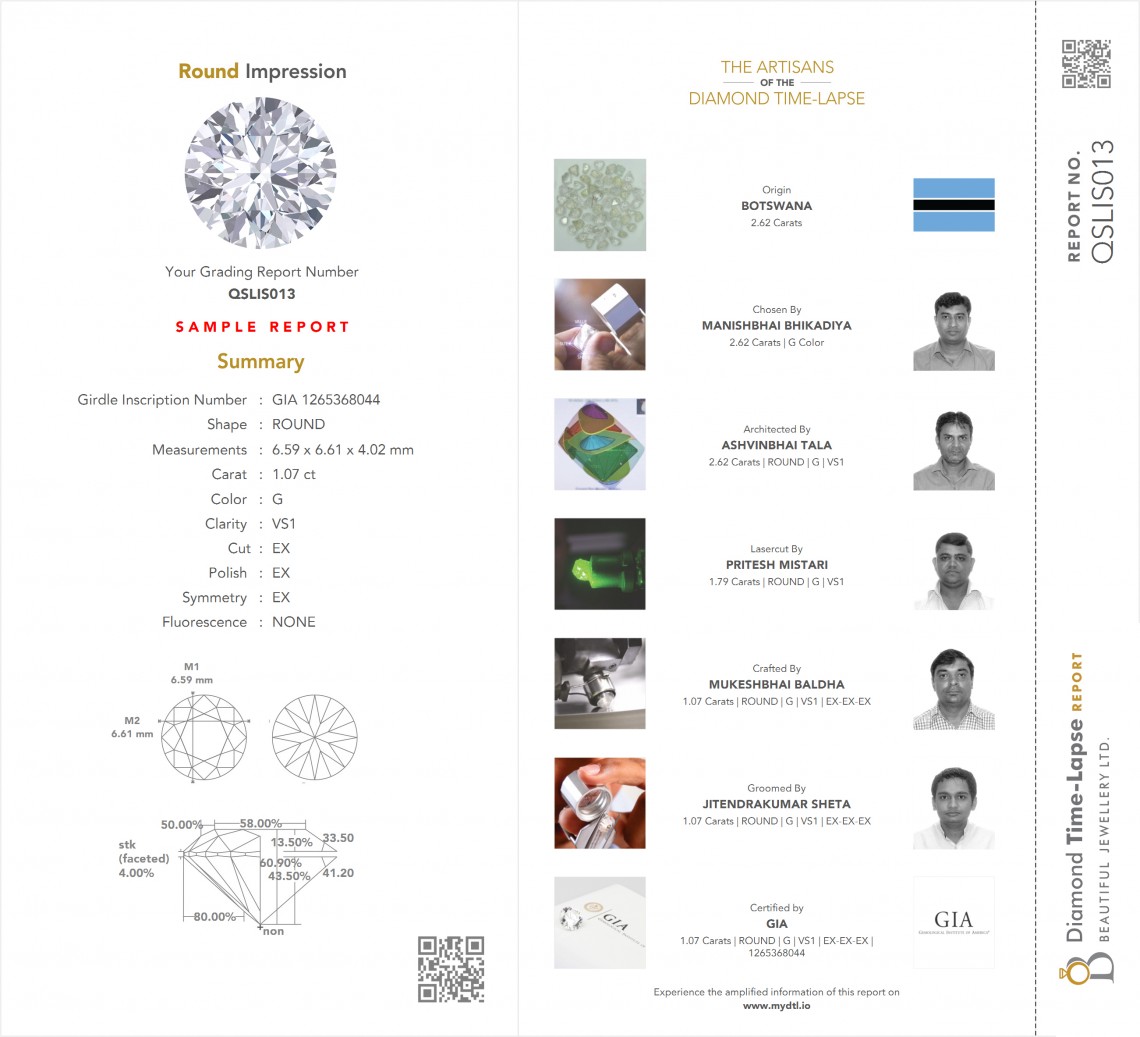
Published at 9th May 2018
Modified at 2nd Aug 2023
Emerald Paternity Tests & Diamond Blockchain Technology
 Was your gemstone ethically sourced? You’ll soon be able to know for sure! New gemstone testing and marking techniques can tell you exactly where your diamond or emerald came from. Over recent years the gem industry is seeing a huge increase in demand for ethically sourced gemstones, but up until recently there was no definitive way to track the source of each emerald or diamond hitting the market. The gemstone industry has been on a long journey in its attempt to prevent unethically sourced stones from being sold and it looks like partnerships with technology companies could finally provide a precise and reliable method to track a stone right from its origin. Two main methods of identification and tracking have been developed so far:
Was your gemstone ethically sourced? You’ll soon be able to know for sure! New gemstone testing and marking techniques can tell you exactly where your diamond or emerald came from. Over recent years the gem industry is seeing a huge increase in demand for ethically sourced gemstones, but up until recently there was no definitive way to track the source of each emerald or diamond hitting the market. The gemstone industry has been on a long journey in its attempt to prevent unethically sourced stones from being sold and it looks like partnerships with technology companies could finally provide a precise and reliable method to track a stone right from its origin. Two main methods of identification and tracking have been developed so far:
Verification Test for Emerald Identification
The Emerald Paternity Test, developed by Gemfields and Gübelin Gem Lab, is a method that allows the origin of emeralds to be identified with a simple test. The process starts during an emeralds rough, uncut phase when they have DNA-based nanoparticles applied at the mining site. The gemstone then has its own form of DNA identity, that’s specific to each mine, thanks to the nanoparticles that can survive all steps of gemstone processing from cutting through to final polish. The particles are so small that they have no visible impact on the stone’s appearance. The stone can then be tested at any point to identify its source. This new technology allows the emerald industry to create transparency and ensure that all emeralds are sourced from ethical miners who use sustainable techniques.

Creating Digital Diamond IDs with Blockchain
What do Bitcoins and diamonds have in common? Trying to prevent unethically sourced and sometimes fake diamonds from entering the market has been an ongoing battle for the gem industry but UK-based Everledger is planning to make this problem a thing of the past. Everledger has found a unique new use for Blockchain, the technology behind Bitcoin!
The diamond industry has traditionally used paper certificates such as the Kimberley certificate as authentication for diamonds, but it wasn’t common for certificates to be forged. Everledger is combining a unique identification process that records over 40 features, including color, clarity and cut of each diamond to give the stone a unique identity. This ID is then recorded using the blockchain system, creating the stone’s digital certificate. As this certificate is based on blockchain it cannot be altered or falsified and the digital certificate is permanently stored for future reference. Since 2015, Everledger have created IDs for over 1 million diamonds!

Everledger Diamond Time-Lapse
The Diamond time-lapse can show granular detials about who exactly worked on the Diamond at each stage. The Diamond prcoess is very well defined and the evolution can be seen below.

The end consumer can use various details to lookup the Diamond and trace the origin. The time-lapse report looks like this:

The Future of Gemstone Traceability
Although DNA testing and ID techniques can only currently be used on emeralds and cut diamonds respectively the gem industry is embracing the use of technology to track gem sources. This partnership of technology companies and gem industry leaders is sure to drive the development of more source tracking techniques in the future, creating a fully transparent and ethical gemstone market.
SHOP FOR DIAMONDS AND EMERALDS
Search the Gemstone Encyclopedia
Related Auctions
Related Articles
Originally the Birthstones or gemstones were associated with a zodiac sign or the month of a individuals birth. Find out what your stone is and view the stones we have for sale
8th Feb 2021
There are dozens of quartz and chalcedony gems with various colors and patterns. Learn all about quartz properties and every type of quartz, from amethyst and agate to plasma and phantom quartz!
15th Oct 2020
Gota De Aceite Emeralds have a special feature which increases their value. Read more about this rare type of Emerald and learn how it adds to the value.
9th May 2018
Latest Articles
Stibiotantalite is a rare tantalum mineral sometimes found as stunning yellow to orange gems. Discover the history, properties, prices, and uses of stibiotantalite gemstones in this complete guide.
21st Jan 2025
Milarite is a white, green, or yellow beryllium silicate in the milarite-osumilite group. Faceted gems are rare but stunning. Discover the history, properties, prices, and benefits of milarite gems!
6th Jan 2025
Friedelite is an uncommon pink, red, or brown manganese silicate mineral best known from New Jersey and South Africa. Learn the prices, properties, uses, and history of friedelite gemstones.
23rd Dec 2024
Article Categories
How To's is where you will find helpful articles from gem Rock Auctions on how to cut gemstones, select gemstones and buy gemstones.
9 Articles






